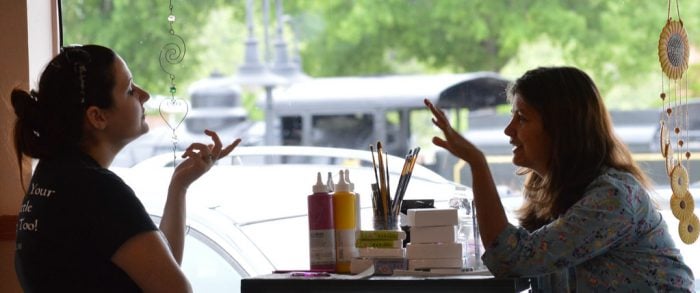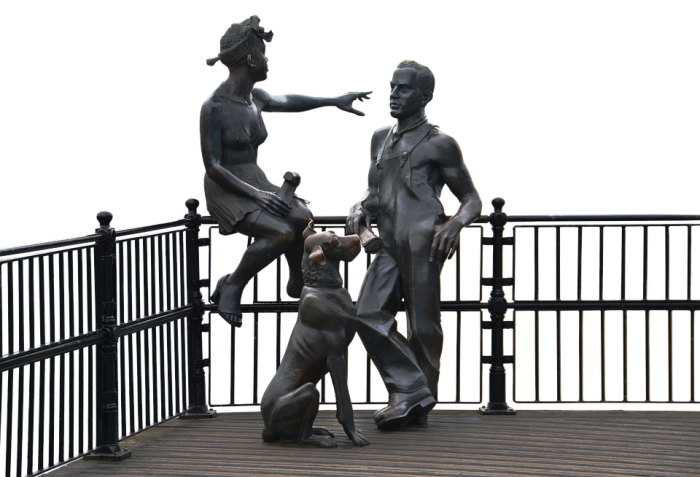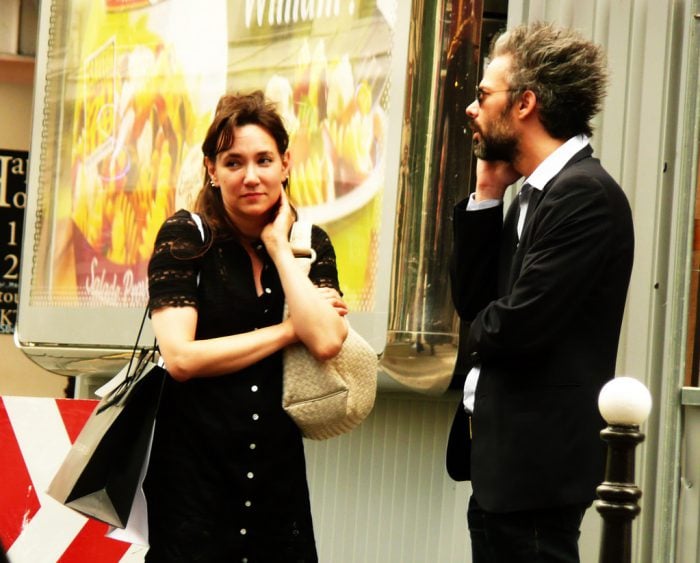Universal Nonverbal Cues Indicating Interest (or Not!)

Photo via Flickr
Psychologists around the world have studied body language for decades. Although they can’t seem to agree on how much of what we say is communicated through nonverbal messages, they do agree that communication is about much more than the words that pass through our lips. Regardless of whether someone verbally agrees with you, a shake of the head can make you wonder if that’s how they really feel. When your conversation mate says they are interested in what you are saying, how do you know whether they truly are? Here are some ways you can read between the crossed arms and nods to figure out if they are following along.
Arms and Upper Body
When a person is engaged in the conversation, you will see them face you and lean in slightly. This happens in either a standing or seated position. Think about someone you know who tells you an animated story. They can’t help but gesture and lean forward and have their entire body into the dialogue. When you are the one speaking, watch your listeners. Are they facing you? Do they have their arms crossed? Is their body facing you? Although they may be listening with their back turned, it can be a sign that they are not completely invested in the conversation.
Legs and Lower Body
Just as the upper body sends signals of interest, the lower body exhibits tell-tale cues, too. Your conversation companion will show interest by rotating towards you. The legs should be relaxed and open. When legs are crossed, it creates a barrier similar to the one built with crossed arms. Also watch for movement. Is there a bouncing knee or feet that have rotated towards the door? That might be an indication that the focus has left the conversation.

Photo via Flickr
Eyes
It’s difficult for a person to hide eye movements and therefore they can make a reliable marker of interest or lack thereof. Even with the audible, “Mmm hmm,” if the person’s eyes are tracking someone across the room or darting to the door every time there is a movement, it’s a safe bet that you don’t have their complete attention. Eye rolls indicate disagreement, but not necessarily disinterest. Although several eye rolls may mean that the person is ready to agree to disagree and move away from the conversation.
Other Facial Cues
As humans, we share common facial cues that are difficult to disguise and can send a reliable message of interest. For example, look for nods of the head in agreement (or shakes of disagreement). Agree or disagree, head movement of this types means that the person is focused on the conversation. Squinting of the eyes or furrowing of the eyebrows in concentration is another indication that you’ve got a focused participant.
A cue that is difficult to hide is a very controlled and slowed breathing rate. During a vivacious conversation this may not be the case, but during, say, intellectual banter, an interested listener is likely to be relaxed, which can be indicated by a slowed rate of breathing.
Other Body Language
Is the person constantly checking his or her phone? An uninterested party will be easily distracted by things around him. They may tune into other nearby conversations, repeatedly read the clock on the wall, or become overly interested in a hangnail. They may rub their eyes, yawn or press their fingers into their temple. All of these signals can indicate that their mind is restless and they are not engaged in the conversation.

Photo via Flickr
Language is a funny thing. Regardless of your native or trained tongue, language allows us to send a message, share our thoughts, and express ideas. While we communicate through words when we write, text, email, or talk, when we are face to face, communication takes on another dimension. Body language often expresses more than the words we choose. Sometimes that helps facilitate the transfer of the message. Other times it works against us as our bodies admit what our words will not—we’re not interested! While it is helpful to be aware of body language indicators, it is also important to know that any one of these cues does not automatically indicate disinterest. However, a cluster of indicators works well in identifying lack of interest.
